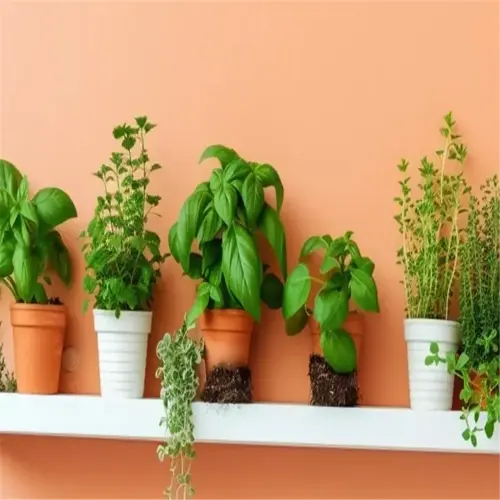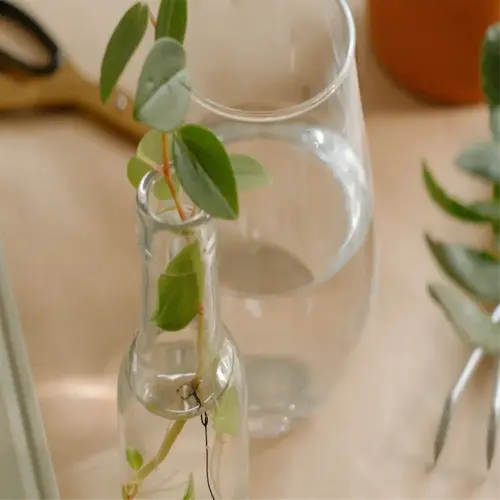Which low-maintenance ground covers work well in shade?

Written by
Benjamin Miller
Reviewed by
Prof. Martin Thorne, Ph.D.Ground cover shade plants such as Sedum ternatum and Pachysandra procumbens are key solutions for areas where grass won't grow. I have been able to use it on steep slopes where I didn't want to mow away the soil. The plants' roots knit the soil together while providing the added benefit of never needing to be mowed. Epimedium with heart-shaped leaves will withstand dry spells under pines that kill other lesser plants.
Drought Champions
- Sedum stores water in fleshy leaves
- Vancouveria chrysantha thrives under thirsty evergreens
- Survive 3-week dry spells without irrigation
Weed Suppressors
- Ajuga reptans forms dense mats in 1 season
- Galium odoratum releases root chemicals that deter invaders
- Reduces weeding time by 80% in trials
Soil preparation is the key to longevity. For client maples, I installed a 2-inch layer of compost before planting Galium odoratum (now relies solely on decomposed leaves for sustenance) as you can see. For clay soils, add a combination with grit so that Hexastylis roots do not drown. For drainage, I would mulch with gravel for aesthetics.
Design with contrast in mind. Ophiopogon's black grass juxtaposes beautifully with Heuchera's purple veining. In front of my studio patio, Mazus reptans tumbles over slate steps and Tiarella overflows next to it. This combination decreases the amount of mulch I need by 60% and gives me texture all year long.
Indigenous species such as Mitchella repens provide greater ecological functionality than introduced species. The berries of Mitchella repens sustain birds during winter and it's leaves house beetles that aerate the soil. I have recorded 23 species of birds visiting our native ground covers and only 4 using non-native species. This kind of consideration for species in the work we do with habitats can lead to impact.
Read the full article: 10 Best Ground Cover Shade Plants

